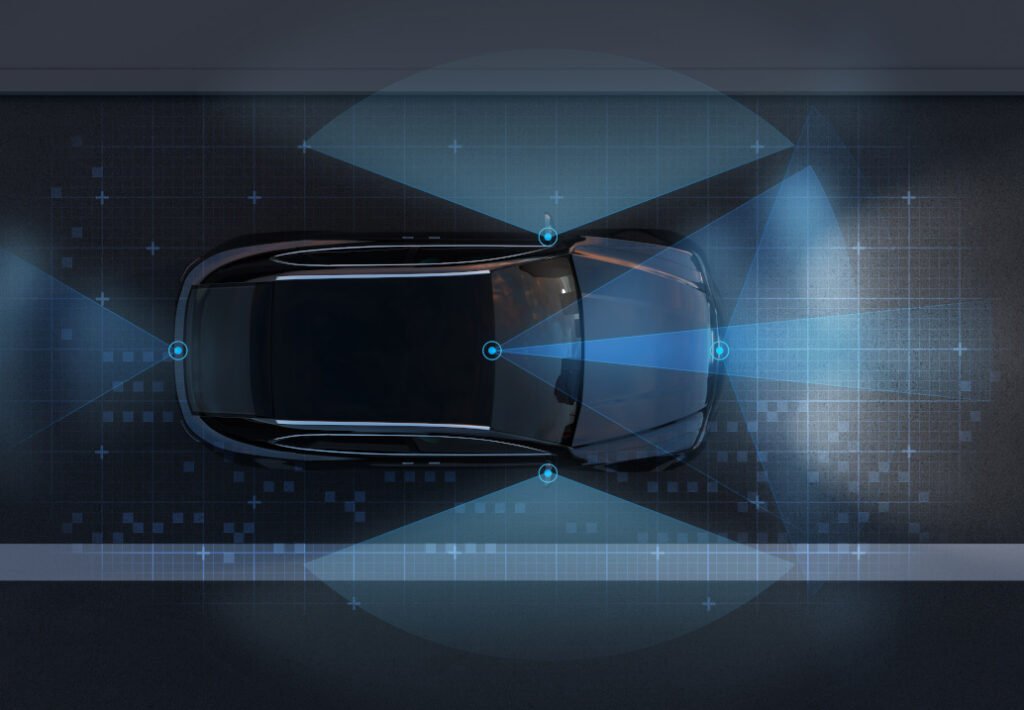“The combination of ICT and automotive industries, is paramount for the development of the next generation of connected mobility and automated vehicle solutions.”
Vehicle connectivity is at the heart of our organisation, the 5G Automotive Association (5GAA). Since our inception in 2016, we are addressing the necessity to bridge the technical and cultural gap between the automotive and telecommunications sectors to make connected mobility and road safety a reality.
As we look towards the future, connected mobility is synonymous of automated driving, digitalisation of transportation and traffic management. Through our more than 130 members, all major industry players from Telco, Auto and IT industries, we are eager to address the complex challenge of providing enhanced safety, sustainability and convenience for all road users. Our contribution entails the development, standardisation, testing and deployment of cellular-based communications for the automotive market, as well as the stimulation of global implementation. Commercial availability is also one of our major priorities.
Nowadays, society’s transport requires companies to deliver solutions allowing citizens to safely move faster, farther and with more freedom than ever before. Advancements in cellular technologies hold the potential for enhanced vehicular safety and efficiency. That is why we strongly support the deployment of Cellular Vehicle to Everything (C-V2X), first on the basis of the current 4G/LTE complemented in the near future with 5G.
The potential to make roads safer for all through this technology is enormous, and our organisation is working to make it happen. Indeed, C-V2X is a versatile solution that can be integrated into already available cellular modems and platforms. It requires one single modem to provide both short-range safety applications and long-range network communications. This simplicity shortens the time to the markets and overall market penetration, making it scalable and cost-efficient.
Moreover, the easy integration into 4G/LTE chipsets is synonymous of integration with consumer-electronics applications, on smartphones for pedestrians and cyclists. This can nicely complement the current sensor-based pedestrian protection systems.
The first phase of the technology was standardised back in 2017. We are now able to witness the first products coming to the automotive market, which are being tested in different parts of the world. We bring two sorts of connectivity together:
- the device-to-device interaction based on short-range communication, which connects vehicles with pedestrians, cycle riders and the broader infrastructure
- the long-range communication, linking vehicles to cloud services and the internet. These two technologies should be complementary and answer different use-cases. Connectivity to the network informs the driver about possible problems ahead of the journey. In contrast, short-range communication enables the sending of warnings to the driver, triggering life-saving actions (e.g. braking). In collaboration with the European Telecommunications Standards Institute (ETSI), we organise C-V2X plugfests – or interoperability tests – aiming to support the C-V2X ecosystem in the C-ITS deployment according to the highest security standards.
Our vision further encompasses connected mobility through 5G. Thanks to multi-gigabit speed that will create new opportunities in infotainment and teleoperation use cases, 5G is going to redefine the driving experience of all users. Such features will be reliable, predictable and provide low-latency Quality of Service (QoS). We have already successfully shown on-road 5G tests combining safety-relevant dynamic map downloads and multi-media streaming. When the signal drops, the first service is guaranteed while the video quality is reduced.
On the telecommunications side, operators will have the possibility to provide tailor-made services for the needs of the automotive industry thanks to the new spectrum bands allocated with 5G New Radio. Our mission is to speed up the efforts to make connected mobility and 5G-V2X a reality, and believe it can only be achieved by a sustained technological evolution throughout the different cycles of this ecosystem. This evolution also requires our partners’ support to create a harmonised environment.
What about the transition from LTE to 5G-V2X, you might ask?
LTE-enabled vehicles will be able to “talk” to 5G-V2X-enabled vehicles.
As we are a global association paving the way in Europe, Northern America and Asia, many challenges relating to standardisation across continents rise ahead. From a regulatory standpoint, the situation differs according to the continent. Looking east, the Chinese government is extremely supportive of 5G. There are plans to implement LTE-V2X roadside coverage on express-ways and major urban roads as soon as regulations allow it.

In the United States, the Federal Communications Commission (FCC) is assessing the current regulation that gives DSRC radios exclusive use of the 5.9 GHz band. In 2018, 5GAA submitted a waiver request to allow C-V2X operation in the upper 20 MHz of this band. US policymakers recognise the value of technology-neutrality. They understand the advantages of a consensual industry solution to improve the use of the 5.9 GHz band to the benefit of road safety and efficiency. As of 2022, our founding member Ford is deploying C-V2X in all their new models in the country. For this reason, we are actively advocating to keep the band reserved exclusively for road safety while others would like to open it up to another usage.
In Europe, the situation is consolidating. The European Council – the collective body which defines the European Union’s overall political direction and priorities – opposed a delegated regulation on C-ITS which was favoring the wifi short range solution. This decision sent a strong message to the European Commission: a technologically neutral approach. We believe a level playing field between different technologies is the only way to safer and more efficient mobility on European roads. Unfortunately, some road operators in line with the now-defunct Delegated Act are funded to deploy C-ITS solutions based on wifi. We need to remind them that it is not with tax-payer’s money that one should make a technology choice. If they do not listen to the automotive market, they risk that their EU-funded roadside units will never communicate with the newer vehicles. Indeed, vehicle manufacturers are investing heavily on 4G/5G technologies standardised globally by 3GPP, which comes automatically with the newer 5.9GHz short range communication called LTE-V2X PC5 making the wifi solution obsolete (based on 802.11p).
__
As we are looking ahead for a full deployment of the technology, we will rely on the existing infrastructure – whether it comes from road operators, city owners, local agencies or from the current cellular infrastructure, which is currently owned by mobile operators.
In terms of automated driving, we wish to make a difference in the major arteries, highways and major intersections. Usually, intersections are designed in a way inclined to adapted management (e.g. many red lights). In this controlled environment, the deployment of V2X is relatively easy: by adding a further layer of information, it can be deployed in a relatively structured way. As a first step, we want to make sure the actors of the ecosystem, such as vehicles and pedestrians, are correctly connected to the services and one another. Then, we will be able to pursue our research and offer solutions to address a majority of issues, even in the oldest of cities!
CUT COTS OF THE FLEET WITH OUR AUDIT PROGRAM
The audit is a key tool to know the overall status and provide the analysis, the assessment, the advice, the suggestions and the actions to take in order to cut costs and increase the efficiency and efficacy of the fleet. We propose the following fleet management audit.




